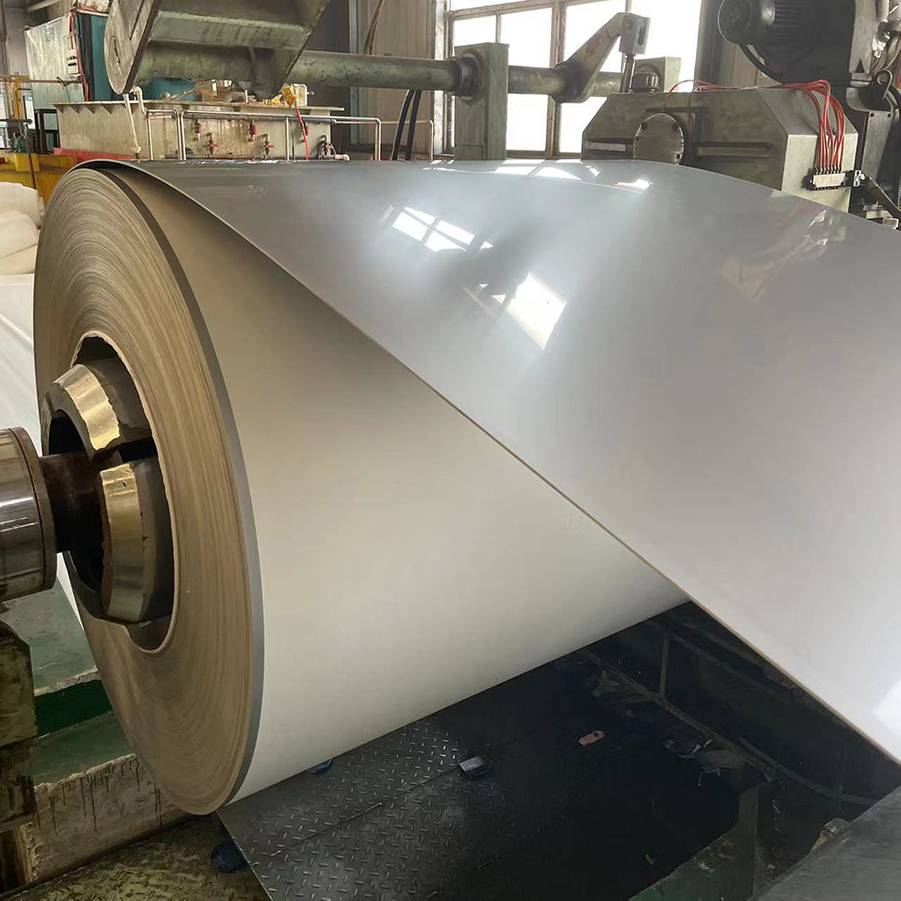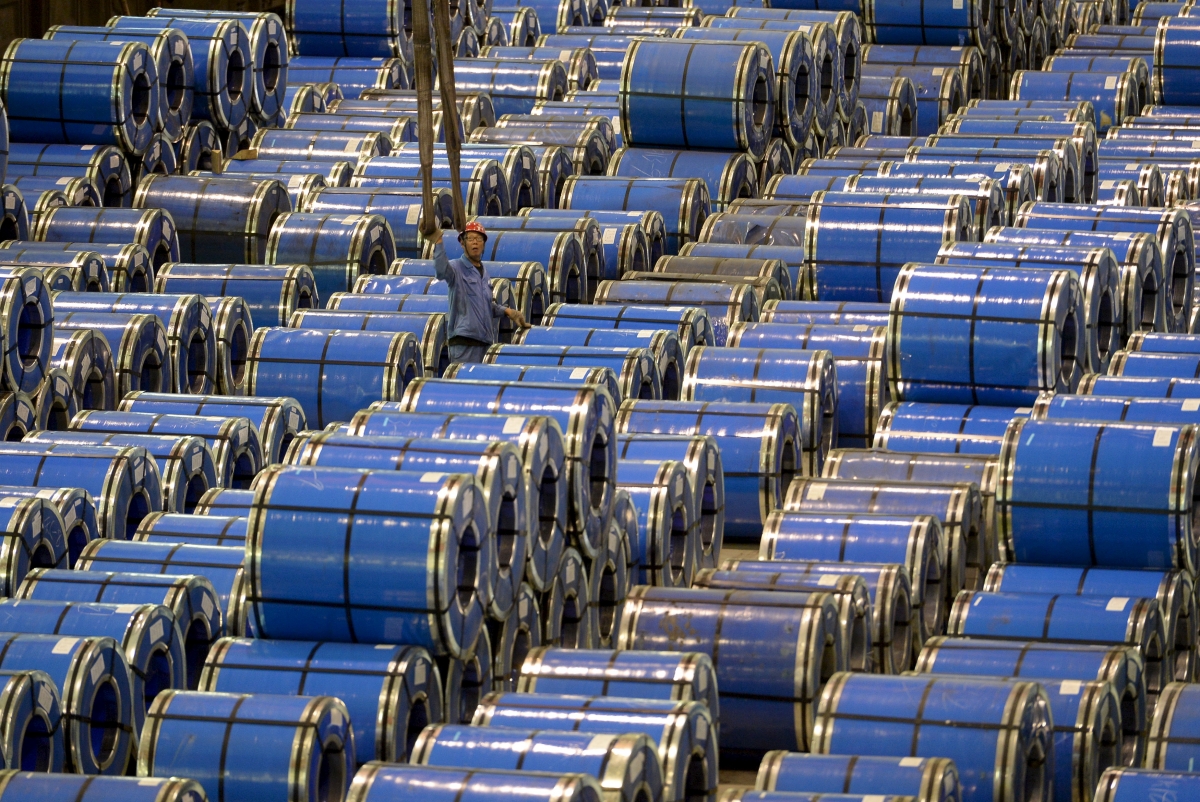In the vast realm of metallurgy, certain materials stand out for their unique properties and versatility. One such material is the 420 stainless steel, a martensitic variant known for its impressive hardness and corrosion resistance. As industries evolve and demand materials that can withstand challenging environments while delivering optimal performance, 420 stainless steel emerges as a frontrunner. In this article, we delve deep into the elemental composition, primary applications, and the myriad advantages of this remarkable steel. Whether you’re a manufacturer, an engineer, or simply a curious reader, join us as we uncover the secrets behind the success of 420 stainless steel.
Elemental Composition of 420 Stainless Steel
420 stainless steel is a type of martensitic stainless steel. Due to its excellent hardness, it is widely used in many industrial fields. Let’s first understand the elemental composition of 420 stainless steel.
The main components of 420 stainless steel are chromium and carbon. It contains approximately 12-14% chromium, which gives the steel excellent corrosion resistance. At the same time, the carbon content of this steel is 0.15-0.25%, providing it with good hardness and strength. In addition, 420 stainless steel also contains small amounts of silicon, manganese, phosphorus, and sulfur.
Carbon (C): 0.15%-0.25%
Chromium (Cr): 12%-14%
Silicon (Si): ≤1.00%
Manganese (Mn): ≤1.00%
Sulfur (S): ≤0.030%
Phosphorus (P): ≤0.040%
The balance is iron (Fe). This unique chemical composition gives 420 stainless steel distinct physical and chemical properties, maintaining good performance in various environments.
Application Areas of 420 Stainless Steel
420 stainless steel is widely appreciated in various industries for its excellent hardness and corrosion resistance. Below are some of its main application areas:
Tool Manufacturing: 420 stainless steel is commonly used to manufacture tools, including kitchen tools and surgical knives. Its high strength and corrosion resistance are ideal for this purpose.
Mold Manufacturing: Additionally, 420 stainless steel is also frequently used in mold manufacturing, especially those molds that require high strength and good corrosion resistance.
Valves and Pumps: The corrosion resistance of 420 stainless steel makes it ideal for manufacturing valves and pumps, especially in environments where protection against water and other corrosive agents is essential.
Decorative Applications: 420 stainless steel has excellent polishing properties, making it popular for decorative applications such as decorative hardware and jewelry.
Advantages of 420 Stainless Steel
The unique properties of 420 stainless steel offer distinct advantages in various applications. Here are some of its main benefits:
High Precision: The high precision of 420 stainless steel makes it excel in applications like tool and mold manufacturing that require high accuracy.
Corrosion Resistance: 420 stainless steel contains a significant amount of chromium, providing it with excellent corrosion resistance. It maintains good performance in both marine environments and the chemical industry.
Excellent Polishing: The surface of 420 stainless steel can be polished to a very bright finish, making it highly sought after for decorative applications.
Cost-Effective: Compared to other types of stainless steel, 420 stainless steel is relatively more affordable, giving it an advantage in large-scale production.
Summary
420 stainless steel, with its unique chemical composition and outstanding properties, stands out in a multitude of applications. Whether in tool manufacturing, mold production, valve and pump creation, or decorative uses, 420 stainless steel showcases its unique value and broad applicability. At Aoxing Mill, we recognize and harness the potential of this remarkable material, ensuring our clients receive products of the highest quality and durability.
Post time: Oct-16-2023






